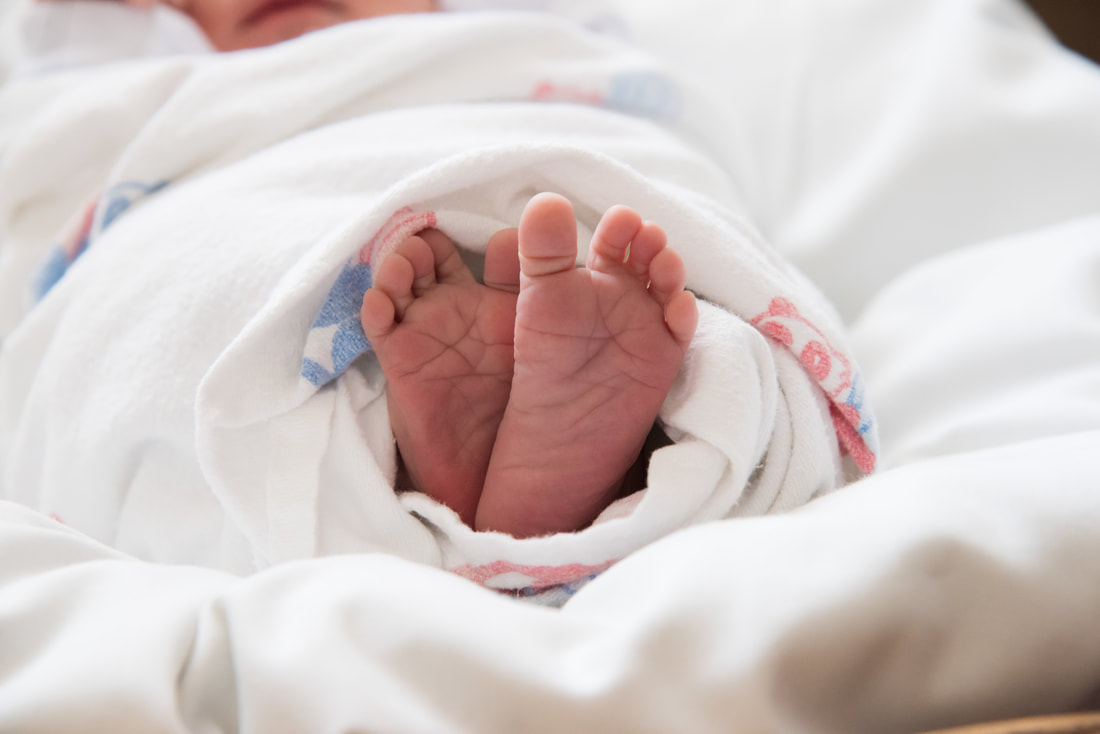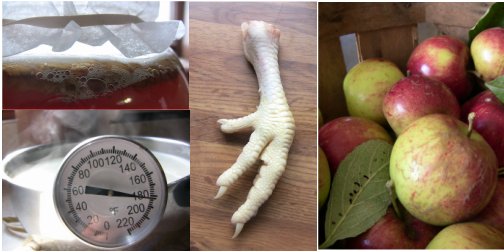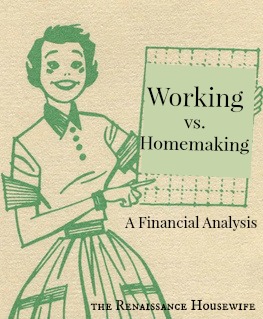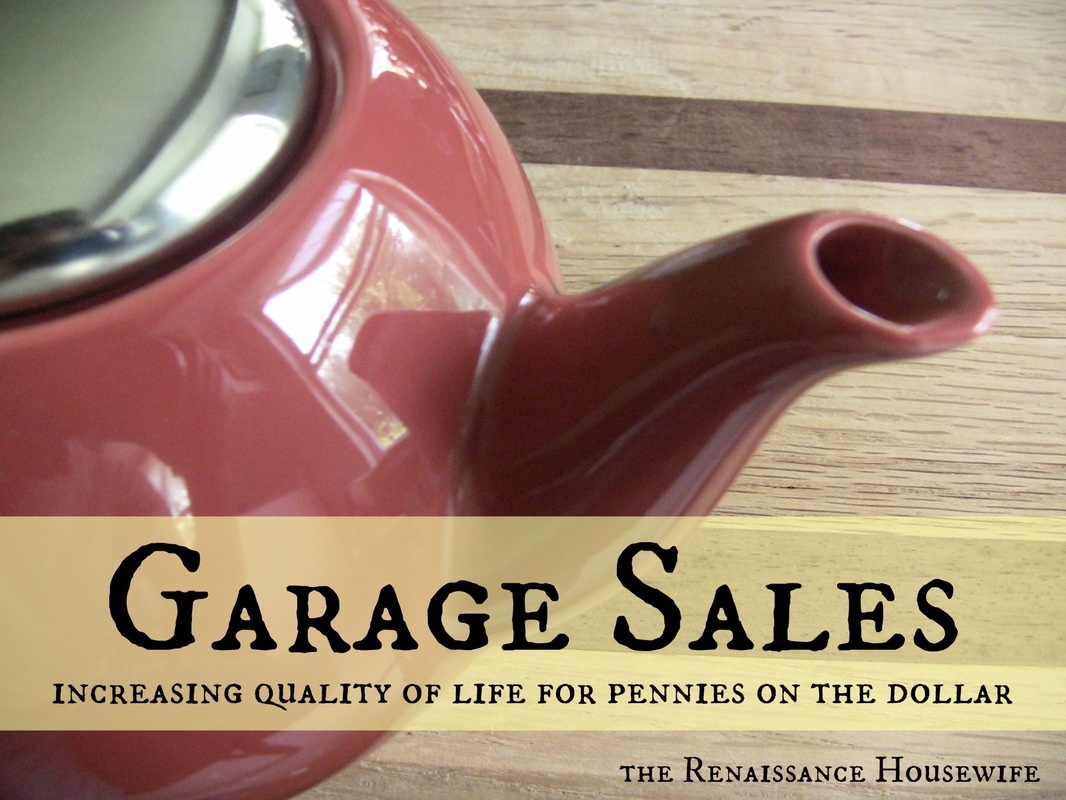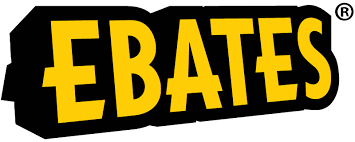How to Live Well Without a Job and Almost No Money
Possum Living is a 1978 book written by and 18-year-old girl living with her dad. As the book title suggests, it is part handbook and part hilarious commentary on "how to live well without a job and almost no money". The book includes chapters on raising & preparing food (about 1/3 of the book), housing, clothing, transportation, "law", electricity, income and daily living.
The first two chapters are an introduction to basic concepts (why you would want to quit your job and "live like a possum"), and also a breakdown of Dolly's yearly cost of living. I thought this was very impressive. Yearly expenses for Dolly and her father (their household at the time) were just under $1500 in the 1970s. Below is their yearly spending by categories. I've gone ahead and also put the totals in 2016 money in green, so you can have a better idea of how much they spent (and of course, compare your own budget to theirs!).
Dolly's "Possum" Budget:
Food: $268.89.....$1024.18
Moonshine ingredients: $98.37.... $374.66
Soap/paper products: $47.45....$180.72
Fuel oil: $161.66.... $615.72
Cooking gas: $87.01.... $331.40
Electricity: $101.24.... $385.60
Home improvement: $335.43.... $1277.57
Property taxes: $286.00... $1089.30
Clothing: $13.33.... $50.77
Luxuries: $25.05.... $95.40
Other (tools, laundry, fish hooks, etc.): $74.32... $283.06
Total: $1498.75.... $5708.40
Income
For the small amount of money that you WILL need, Dolly recommends handyman or temporary work (her dad often worked during the winter) and selling crafts. Some of the information on work is obviously outdated (for example, she says you can make more money selling crafts than selling used stuff). Nowadays there are plenty of ways to make money online and off. To make extra money, I've personally sold things on online or at farmers market/craft shows, sold eggs, done farm-sitting, house-sitting, sewing work, garden work, and taught music lessons. I think this is one part of possum living that we can do better than Dolly herself.
The Basics... FOOD!
A large chunk of the book is all about the most important thing- FOOD! Included are all sorts of unorthodox ways to put food on the table; everything from keeping rabbits and chickens in the basement to fishing and shooting pigeons on public grounds, to foraging and buying grains from animal-food elevators. As for all other groceries, Dolly says, "buy the cheapest brand and largest size of everything." And don't forget to check behind the store for produce to give to the rabbits.
Transportation
Dolly and her dad used bicycles, their own two feet, and at one point, a horse to get around. If they really needed a vehicle, they would barter for use of a neighbor's automobile or get things delivered to their home.
Housing
The author admitted that living largely outside of the money economy would not be possible with rent as a monthly expense. Owning your home outright and doing your own repairs is the way to go.
Clothing
The book recommends buying clothing at thrift shops. Dolly says she had a sewing machine but never used it because you couldn't make clothing for as cheap as you could buy it. I think this is still generally true, but in 2016 there are so many sources of FREE clothing and fabric (hand-me-downs, garage sale free boxes, etc.) that, with a sewing machine and some skills, you would never have to buy clothing, even at thrift shops. I've also noticed that thrift shop prices ($2-3 for shirts, $5 for jeans) are comparable to off-season clearance clothing at the mall. Why buy used clothing if you can get new for the same price? But if you are whole-hog possum, why BUY clothing at all if you can get it or make it for free? Plus I think Dolly could have alleviated a lot of winter boredom (something she talked about in the book) by upcycling old clothes/fabric into new clothes for herself during the colder months.
Not In the Budget
Some things not on Dolly's list are car-related expenses, insurance of any kind, vacations, hobbies, Christmas or income tax (obviously... no income, no tax). The book explains why they chose to go without these things. For example, Dolly and her dad lived in town and were able to bike or walk/run everywhere they needed to go. They also seemed to be "homebodies" whose entertainment consisted of bird watching or reading books.
Though Dolly was opposed to taking "welfare" or government help, in today's world filing income tax could actually bring in some needed cash. For example, if someone with several kids (or other deductions) files an income return with only a little income, they'll probably get a nice chunk of money back from the government and not have to pay anything at all.
Is It Possible to Be a Possum in 2016?
Of course, as I read through the book, I thought of all kinds of things I could implement our own household economy. We COULD go whole-hog possum, but that would include having to break the law, not have insurance, etc. that personally I'm not willing to do. However, I love the idea of it- that is, freeing oneself from the money economy.
The Prerequisite: As Dolly states, the first step is owning your home free and clear. This is a major hurdle for most of us because the $50k, $100k or $200k price tag for a house seems impossible to pay off. In fact, most people buying a house take 15 or 30 years to pay it off. However, I think this is totally unnecessary. I realize that there truly are people out there who need to spend every dollar they make, but most middle-class families in America spend tens of thousands of dollars each year on frivolous "stuff". It's the little things- clothing, food, magazine subscriptions, new books, haircuts (cut, color, perm...), coffee, pets. At one point I thought about getting highlights in my hair for fun, but not only do they cost a lot... you also have to buy special shampoo for dyed hair! There are so many things in life with added costs that we don't even think about. That is why life seems to cost so much more than we anticipated.
All that being said, I think owning your own home- even as someone in their 20's- is very doable in 2016. It just requires 1) not buying more house than you can afford, and/or 2) diligent saving. I know of one newly-married couple who bought a livable house for around $10,000. How cool is that!? Yes, the house is small and they had to do some fix-up work, but they won't have the average $1000 monthly mortgage payment until they are 50 years old.
Which Radical Do You Want to Be?
After paying off your home early, there are two different "radicals" you could be.
1. Going Without a Car:
Getting around with only a bicycle and your own two feet is a fantastic option for city people. And it is actually becoming quite popular. However, I am just going to give you my own experience with biking as actual transportation and you can decide if this option is for you or not.
I tried biking to work once, when I had an office job. The distance was about eight miles both ways. The bike trail I took was awful (it was after a storm; branches down ALL over and I literally had to lift my heavy mountain bike over fallen trees). In addition to that, on the way home I had to cross a busy highway when everyone was getting out of work. This required some tricky maneuvering because Michigan drivers are NOT used to sharing the road with cyclists. Technically, I was going straight at the intersection and should have used the car lane. But what I ended up doing was pretending to look at my phone on the right side of the road, and then when no cars were coming I zoomed across.
The League of Bicyclists website has a good article here on which states are more bike-friendly. Michigan ranks somewhere in the middle. I know our local towns are trying to be more bicycle friendly (like making bike trails and bike lanes), but it's still not a socially acceptable form of transportation here. If people know you ride your bike to work, they might start giving you money or offer you a ride or try to lend you a car.
That being said, in the country I feel safe riding my bike anywhere within a 5-6 mile radius. This is mostly pleasure/pop can riding, but it has included biking to do chores for a neighbor and going to some local garage sales. This summer I'm hoping to take the back roads into our local small town to get books from the library, mail small packages, etc. But we will NOT be selling our vehicle.
2. Producing Your Own Food:
The other extreme thing you can do is produce most of your own food. And by that, I mean get all of your food for free somehow. Many people have the idea that if they raise a beef cow and can strawberry jam, they are self-sufficient. Instead of being dependent on grocery stores, they're now just dependent on the feed elevator. And there's nothing wrong with using strawberries to make jam, but you can't LIVE on jam. You have to make something you are willing to eat all year round.
This is one area I've had a lot of success in. Dolly advocates raising chickens and rabbits in the basement, but since we have 5 acres to work with, I can keep the animals outside. As of this year, my chickens can support themselves (I sell extra eggs to cover costs of feed), so they provide us with free eggs and meat. My little dairy goat supports herself as well. During the fall we try to get venison one way or another, so meat, eggs, and dairy are pretty much free.
Obviously gardening is a no-brainer if you want to spend less money on food. Last year I was able to grow most of our veggies for the year (except carrots, onions & potatoes), 90% of our fruit and some herbs and spices as well. AND I fed some of the produce to the animals. While we don't buy our grains from the feed elevator as Dolly suggests, I have made corn meal and hominy with free corn, and buy other grains in bulk.
Dolly says, "You don't have to be weird to leave the money economy,", but people instinctively know that you're weird. In the best case scenario, you are an avid cyclist perpetually training for a marathon who LOVES gardening and hobby farming and has done fantastically well financially in order to pay the house off early. In the worst case scenario, you're a paranoid lazy bum hermit who acts homeless but really does have a home.
Health & Possum Living
The author's opinion on buying health products and services is one that I tend to agree with. She says that someone who is eating home-grown vegetables and wild or home-grown meats and using their legs for transportation is NOT going to need a lot of health care or doctor's visits. Furthermore, she makes the point that people who regularly visit the doctor or dentist tend to need those services more and more. It is kind of like taking your car in for a repair; you get one thing fixed, and another thing broken! For non-emergency health issues, it's better to not go in in the first place.
One thing I disagree with, however, is Dolly's use of moonshine as an all-purpose home remedy. If you look at her yearly spending, moonshine ingredients are 25% of food/drink spending. There are plenty of herbs that you can grow or forage for FREE and use as home remedies. These remedies will not be expensive, fattening OR intoxicating.
Bethany's Notes:
Here are some interesting random ideas I found in the book (and I'm putting here for my own future reference):
1. Alternative chicken feeds: corn, soybeans unused fishing worms, crushed rabbit bones, fish innards, crushed eggshells, bunny greens.
2. Alternative rabbit feed: corn, apples, pears, soybeans, green or dry maple leaves, weeds and grass, discarded fruit and vegetables, clover/alfalfa. In the winter, maple branches or twigs.
3. Alternative fishing baits: worms, minnows, grasshoppers, katydids, grubs, japanese beetles, grayfish, caterpillars, things found under rocks, artificial lures.
4. Gardening things to try: foraging "yellow rocket", wild ginger, purslane, wild mushrooms.
5. Grain. Buy from grain elevators; potatoes, wheat, soybeans, rolled oats... tell them it must be clean. Buy a wheat grinder to make bread, breakfast cereal. Use wheat in soup like barley. Sprout soybeans as vegetable dish.
6. Food preservation: Dried mushrooms, herbs, pickled vegetables/herbs, canned turtle meat, catfish, carp. Store nuts, herbs, and root vegetables. Smoke cure fish or other meat... brine and smoke.
7. Sugar content of different fruits: apple 15%, apricot 13, banana 23, blackberry 11, cherry 17, grape 15-35, orange 11, peach 11, pear 15, plum 11, raspberry 13, strawberry 8, sugar beet 17.
8. Interesting note on the grapes of wrath. misery suffered by people was caused by 1) non home ownership and 2) reliance on the money economy.
9. Alternative wood sources: cardboard/wood shipping crates, old newspapers, dead branches and trees, old wood buildings.
10. Electricity; a real bargain for the money. Don't have an electric dishwasher, clothes dryer, air conditioner, TV, or any other toys.
11. Interesting note about boarding horses; rent out a shed, use boarded horses for transportation and manure.
12. Winter is the most boring time of year if you don't have a job.
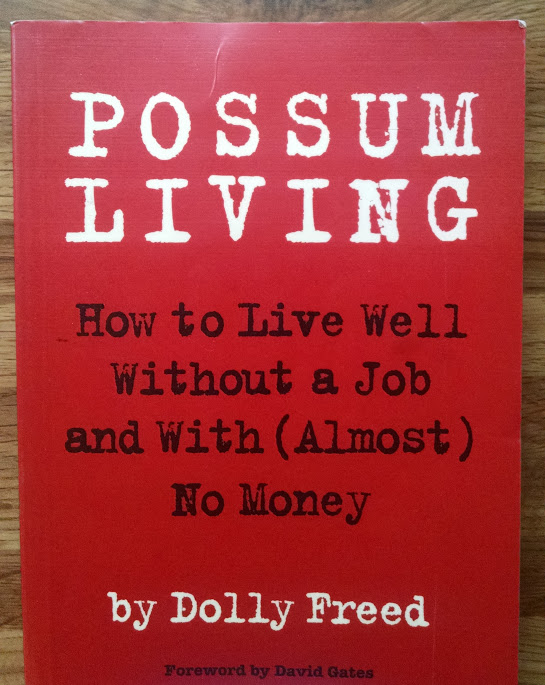
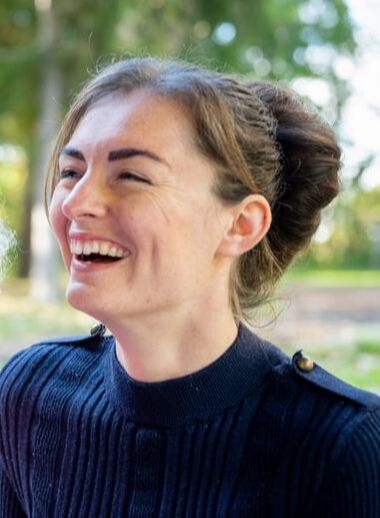
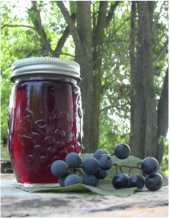
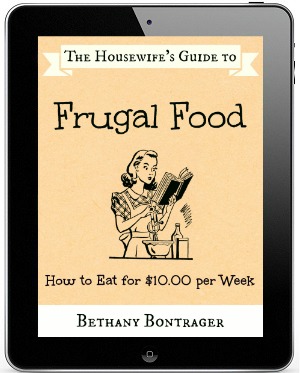
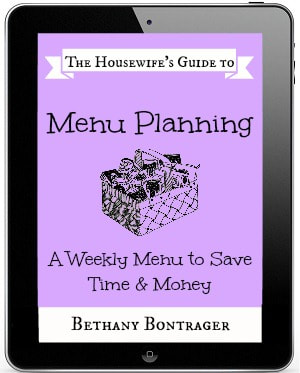
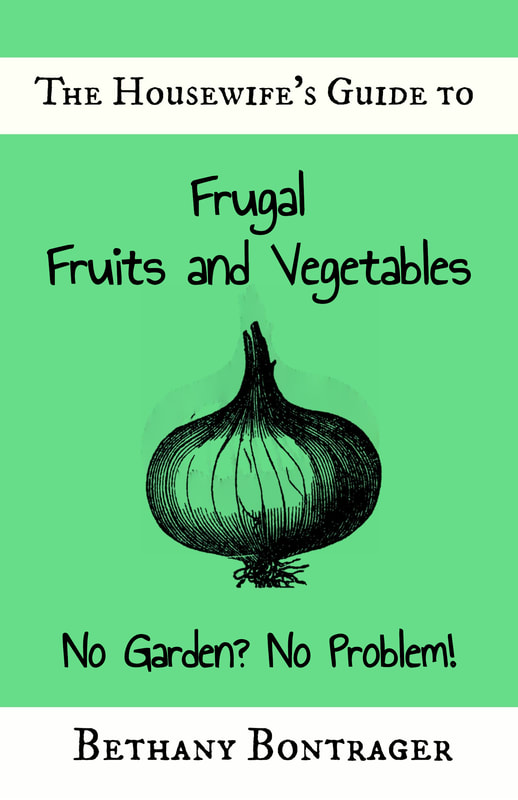
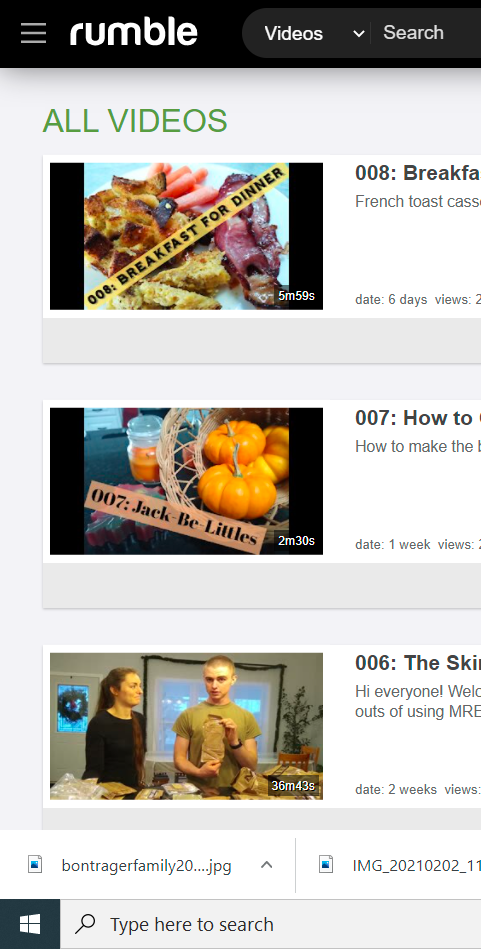
 RSS Feed
RSS Feed
